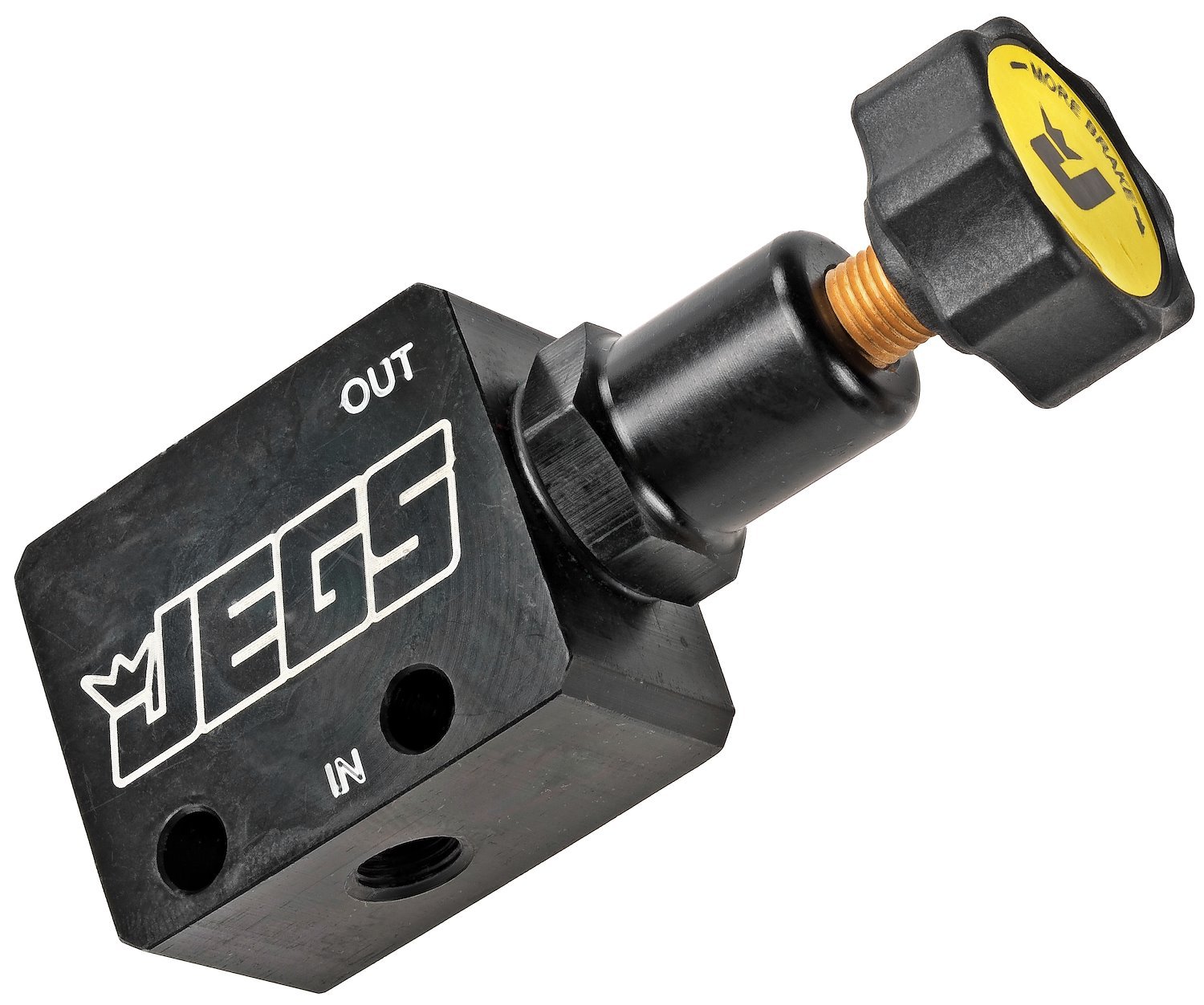New review of AP Racing BBK from Urge Designs
#11
I would caution against making statements like this in general, since the answer usually is "it depends". We don't know the exact moment of inertia of this rotor vs. other kits. While the diameter is less, they are thicker and have more vanes than competing products. So without doing actual measurements or inside knowledge of the CAD files we are just guessing at moment of inertia. Having said that, for two disks of identical moment of inertia, and thus the same angular momentum, then applying torque further from the center (as in the case of a larger diameter, but thinner/lighter rotor) would result in quicker deceleration, or less "work" to decelerate the same amount as a torque applied closer to center. That example is for braking applications. When accelerating, the torque is always applied at the center of rotation through the hub and so the disk with the lower moment of inertia will always accelerate faster.
#12
I would caution against making statements like this in general, since the answer usually is "it depends". We don't know the exact moment of inertia of this rotor vs. other kits. While the diameter is less, they are thicker and have more vanes than competing products. So without doing actual measurements or inside knowledge of the CAD files we are just guessing at moment of inertia. Having said that, for two disks of identical moment of inertia, and thus the same angular momentum, then applying torque further from the center (as in the case of a larger diameter, but thinner/lighter rotor) would result in quicker deceleration, or less "work" to decelerate the same amount as a torque applied closer to center. That example is for braking applications. When accelerating, the torque is always applied at the center of rotation through the hub and so the disk with the lower moment of inertia will always accelerate faster.
I was definitely over-generalizing in my earlier post in terms of knowing the relative moment of inertia between two rotors just based on diameter. While a smaller diameter rotor would have lower inertia if all else was equal, if it was enough thicker or had enough extra internal vanes, it might actually carry more inertia than a larger but less "dense" design.
#13
Brakes are complex systems, and it's necessary to generalize when talking about them. I In fact did so myself just talking about the disk brake in isolation, when really the entire wheel/tire/hub/disk must be taken into account as the entire rotating assembly in order to be thorough. I read a good book about disk brake systems in college, I wish I still had it to refer to.
#15
Originally Posted by will010100' timestamp='1425969548' post='23533903
Drawbacks: A minor drawback is that the pistons are harder to compress when you need to change pads. There is no fancy tool to push them in like with the OEM, but this is probably the case with any opposing-piston system.
99SH (user on here) bought an actual tool to do it which is pretty slick, but iirc it was $$$.
http://www.girodisc.com/Caliper-pist...er_p_5970.html

#16
I found this pad separator to be very useful for aftermarket brake systems. quite a bit cheaper than the above...
http://www.amazon.com/gp/product/B00...r_notf_fhv_prd

http://www.amazon.com/gp/product/B00...r_notf_fhv_prd

#18
Originally Posted by Sylvan' timestamp='1426107553' post='23536345
I would caution against making statements like this in general, since the answer usually is "it depends". We don't know the exact moment of inertia of this rotor vs. other kits. While the diameter is less, they are thicker and have more vanes than competing products. So without doing actual measurements or inside knowledge of the CAD files we are just guessing at moment of inertia. Having said that, for two disks of identical moment of inertia, and thus the same angular momentum, then applying torque further from the center (as in the case of a larger diameter, but thinner/lighter rotor) would result in quicker deceleration, or less "work" to decelerate the same amount as a torque applied closer to center. That example is for braking applications. When accelerating, the torque is always applied at the center of rotation through the hub and so the disk with the lower moment of inertia will always accelerate faster.
I was definitely over-generalizing in my earlier post in terms of knowing the relative moment of inertia between two rotors just based on diameter. While a smaller diameter rotor would have lower inertia if all else was equal, if it was enough thicker or had enough extra internal vanes, it might actually carry more inertia than a larger but less "dense" design.
Do the rules let you run a brake proportioning valve?

Thread
Thread Starter
Forum
Replies
Last Post
samson123
S2000 Brakes and Suspension
4
01-29-2018 06:08 AM











